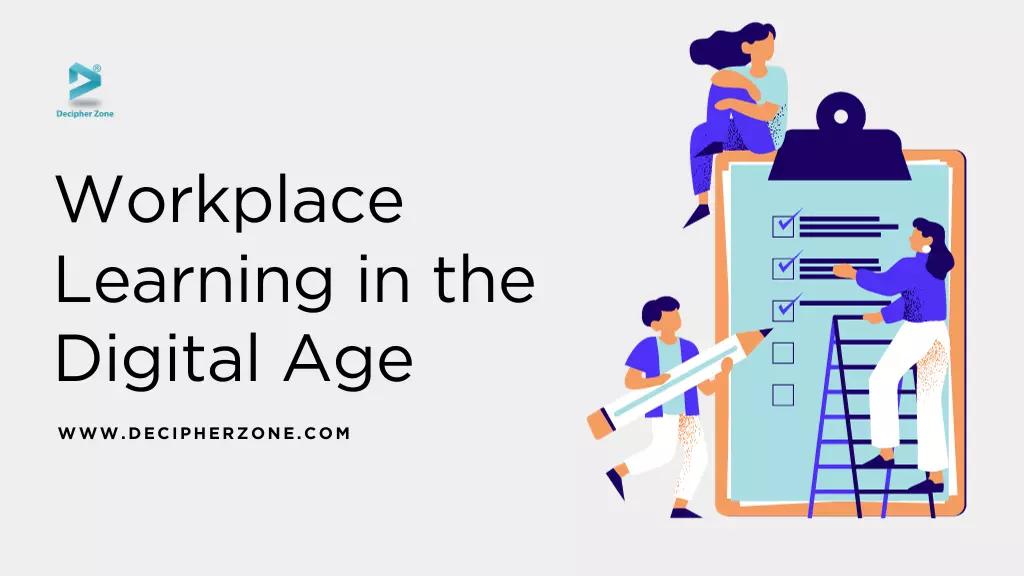In today's changing landscape, workplace learning has become increasingly vital. Embracing technologies and adapting to the era is crucial for individuals and organizations to thrive.
However, this transition presents its share of challenges and opportunities. We will explore some obstacles and their possible solutions in the workplace, but before that, let’s give a massive shoutout to some beneficial tools, in this case, Articulate 360, one of the top creator platforms for workplace learning.
In shaping workplace learning strategies, Articulate reviews play a pivotal role. These feedback and evaluations provide valuable insights into the effectiveness and usability of the Articulate tools, aiding organizations in making profound decisions to optimize their learning and development initiatives.
Challenges of Workplace Learning
Without further ado, let’s get to the challenges, advantages, and successful strategies for workplace learning:
1. Information Overload
With overwhelming information, sifting through and prioritizing knowledge can take time and effort. Employees often need help to distinguish between unreliable and credible sources of information. Additionally, staying up to date with the advancements and trends in their fields can be a formidable task.
2. Resistance to Change
Specific individuals may resist adopting tools and technologies in their work environment. They may feel that their current skill set is adequate, thus resisting acquiring one. Overcoming this resistance and fostering a learning culture can pose challenges for organizations.
3. Lack of Digital Skills
As workplaces become increasingly digitized, employees who need more skills may need help performing their tasks efficiently. This digital divide can impede productivity. Create disparities among team members. Upskilling employees is crucial for organizations to stay competitive in today's evolving landscape.
Advantages of Workplace Learning
1. Easy Access to Knowledge
The digital age has made knowledge more accessible. With courses, educational platforms, and learning management systems, employees now have the freedom to learn at their own pace and choose from a wide range of subjects.
This accessibility empowers individuals to acquire skills and knowledge once limited to educational institutions.
2. Personalized Learning
Digital technologies enable personalized learning experiences tailored to needs and preferences. Adaptive learning platforms and artificial intelligence can analyze learners' data and provide customized content, ensuring engagement and knowledge retention. This personalized approach significantly enhances the effectiveness of workplace learning programs.
3. Collaboration and Networking
Digital tools and online platforms facilitate collaboration and networking among employees regardless of barriers. Through virtual team meetings, discussion forums, and social networking platforms, individuals can learn from their peers, exchange ideas, and expand their networks. This virtual collaboration taps into workforce intelligence, fostering innovation and problem-solving.
4. Microlearning
Employees have a short attention span and less time for traditional training programs.
Microlearning is an approach to learning that focuses on delivering easily digestible pieces of information in short intervals. It tackles the challenge of complexity by breaking down concepts into modules, allowing employees to quickly access and absorb knowledge that can be immediately applied in their work.
Strategies for Successful Workplace Learning
1. Cultivate a Learning Environment
Organizations must foster a culture of learning where employees are encouraged to acquire new skills and knowledge. Recognizing and rewarding those who actively engage in learning activities while providing opportunities for growth and development is essential.
2. Invest in Learning Technologies
Organizations should invest in technologies like learning management systems (LMS) and other digital tools that facilitate learning. These tools streamline the learning process, offer progress tracking through analytics, and provide various content options. User-friendly interfaces that can be customized enhance engagement and ease of use.
3. Ensure Access to High-quality content
Curating and providing access to high-quality learning resources is vital. Organizations can partner with platforms or create their content libraries. By offering credible and relevant materials, organizations empower employees to acquire the necessary knowledge to excel in their roles.
4. Foster Continuous Learning
Employers have the ability to promote learning by dedicating time for employees to engage in learning activities. This could involve setting aside weekly hours for development or encouraging participation in virtual learning communities. Mentorship programs and coaching sessions can also guide and support an employee's learning journey.
Conclusion
As we navigate the age of workplace learning, both organizations and individuals encounter a mix of challenges and opportunities. By acknowledging and addressing these challenges, such as managing information overload or overcoming resistance to change, organizations can take advantage of the opportunities presented by knowledge-personalized learning experiences, collaborative efforts, and microlearning.
By implementing strategies and fostering a culture of learning, workplace education in the digital era can empower employees while driving transformative changes within organizations.

